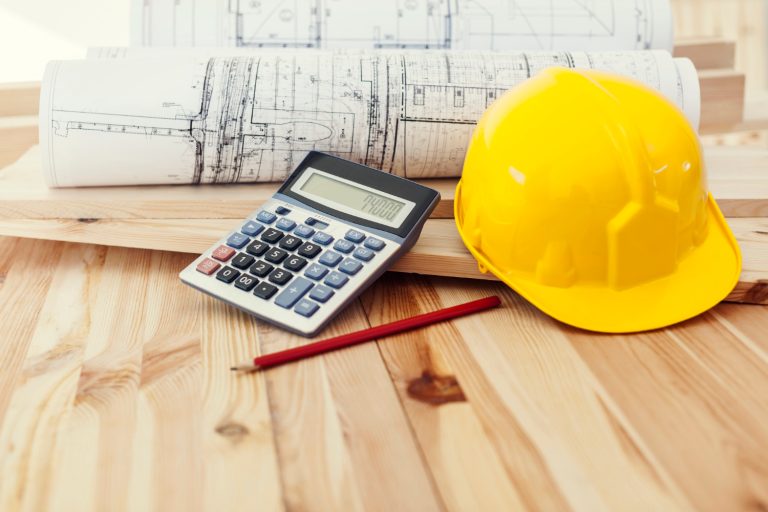Why Fall Maintenance Is Critical for Commercial Buildings
September is the ideal month for commercial property owners and facility managers to prepare buildings for the cooler, wetter months ahead. Unlike residential homes, commercial spaces handle higher foot traffic, complex mechanical systems, and stricter compliance requirements. A proactive fall maintenance plan ensures safety, reduces downtime, and saves money on costly emergency repairs.
At GC44, we work with building owners and property managers across the Bay Area to develop seasonal strategies that keep commercial properties running efficiently year-round. This fall checklist provides practical, actionable steps to protect your building and your bottom line.
Roof and Exterior Inspections
Your roof and building envelope are the first line of defense against fall rains and winter storms.
- Inspect for loose or missing shingles, tiles, or membrane issues
- Clear debris from roof drains and gutters
- Seal cracks in flashing and joints
- Examine exterior walls for signs of water intrusion or damage
- Re-caulk windows and doors to maintain the building envelope
Tip: Schedule a professional roof inspection if your system is more than 10 years old or if you notice pooling water after rain.
HVAC Systems
Heating and ventilation are critical during colder months, especially in commercial spaces where comfort impacts productivity.
- Change filters across all units
- Inspect belts, motors, and electrical connections
- Check for leaks in ductwork
- Calibrate thermostats and building automation systems
- Schedule a professional tune-up for boilers, furnaces, or chillers
Modernizing to a high-efficiency system or adding smart controls can significantly reduce energy costs.
Plumbing and Water Systems
Commercial plumbing systems face heavy daily use and require proactive care to avoid major disruptions.
- Inspect restrooms for leaks, drips, or slow drains
- Insulate exposed pipes to protect against cooler temperatures
- Test water heaters and check for sediment buildup
- Flush unused lines to prevent bacteria growth
- Ensure backflow prevention devices are tested and certified
Facilities with irrigation systems should also winterize landscaping equipment to prevent freeze-related damage in colder Bay Area microclimates.
Electrical and Lighting Systems
Proper lighting and electrical performance are essential for safety and productivity.
- Test emergency lighting and exit signs
- Inspect electrical panels for signs of overheating
- Replace outdated bulbs with LED fixtures
- Test backup power systems, including generators and UPS systems
- Ensure compliance with OSHA and local code requirements
Energy-efficient lighting upgrades not only improve safety but also reduce long-term operating costs.
Fire Safety Systems
Fall is an excellent time to make sure your fire protection systems are fully operational.
- Test fire alarms and sprinklers
- Replace batteries in smoke detectors
- Inspect fire extinguishers and update certifications
- Review emergency evacuation plans with staff
- Ensure all fire exits remain clear of obstructions
Fire system compliance is critical for both tenant safety and liability management.
Indoor Air Quality
With colder weather, commercial buildings often reduce natural ventilation. This makes indoor air quality a top priority for occupant health.
- Clean air ducts and replace filters regularly
- Monitor carbon dioxide levels in enclosed spaces
- Install or upgrade air purifiers where necessary
- Ensure proper humidity levels to prevent mold growth
Good air quality reduces employee sick days and improves tenant satisfaction.
Landscaping and Grounds
The exterior environment of your commercial property contributes to both safety and aesthetics.
- Trim trees and shrubs to prevent damage to roofs and walkways
- Clear debris from parking lots, sidewalks, and outdoor areas
- Repair cracks in pavement before rain worsens damage
- Ensure drainage systems are functioning properly
A well-maintained landscape improves curb appeal and reduces liability risks.
Safety and Accessibility
Compliance with ADA standards and safety codes protects both tenants and owners.
- Inspect ramps, elevators, and doorways for accessibility
- Check stairways and handrails for stability
- Refresh signage for visibility and compliance
- Test security systems including cameras, access controls, and alarms
Regular safety checks show tenants that management prioritizes their well-being.
Energy and Sustainability Checks
Sustainability is not just good for the environment but also for your bottom line.
- Schedule an energy audit to identify inefficiencies
- Upgrade to smart building technologies that monitor and adjust usage
- Explore California rebates for energy-efficient upgrades
- Consider solar or battery systems for long-term savings
Commercial tenants increasingly value green buildings, and sustainable improvements enhance property value.
Create a Preventive Maintenance Schedule
A checklist is only effective if it is tied to an actionable plan. Create a fall-to-winter maintenance schedule that includes:
- Routine inspections
- Scheduled service dates
- Seasonal upgrades
- Compliance deadlines
Tracking maintenance with digital facility management software helps ensure nothing is missed.
Final Thoughts
Fall is the best time to prepare your commercial property for the challenges of winter. By addressing roofing, HVAC, plumbing, safety systems, and energy efficiency, you not only prevent emergencies but also improve tenant comfort and reduce long-term costs.
At GC44, we help commercial property owners and managers across the Bay Area streamline seasonal maintenance and future-proof their investments. Whether you manage an office building, retail space, or industrial facility, our expertise ensures your property is safe, efficient, and ready for the months ahead.






